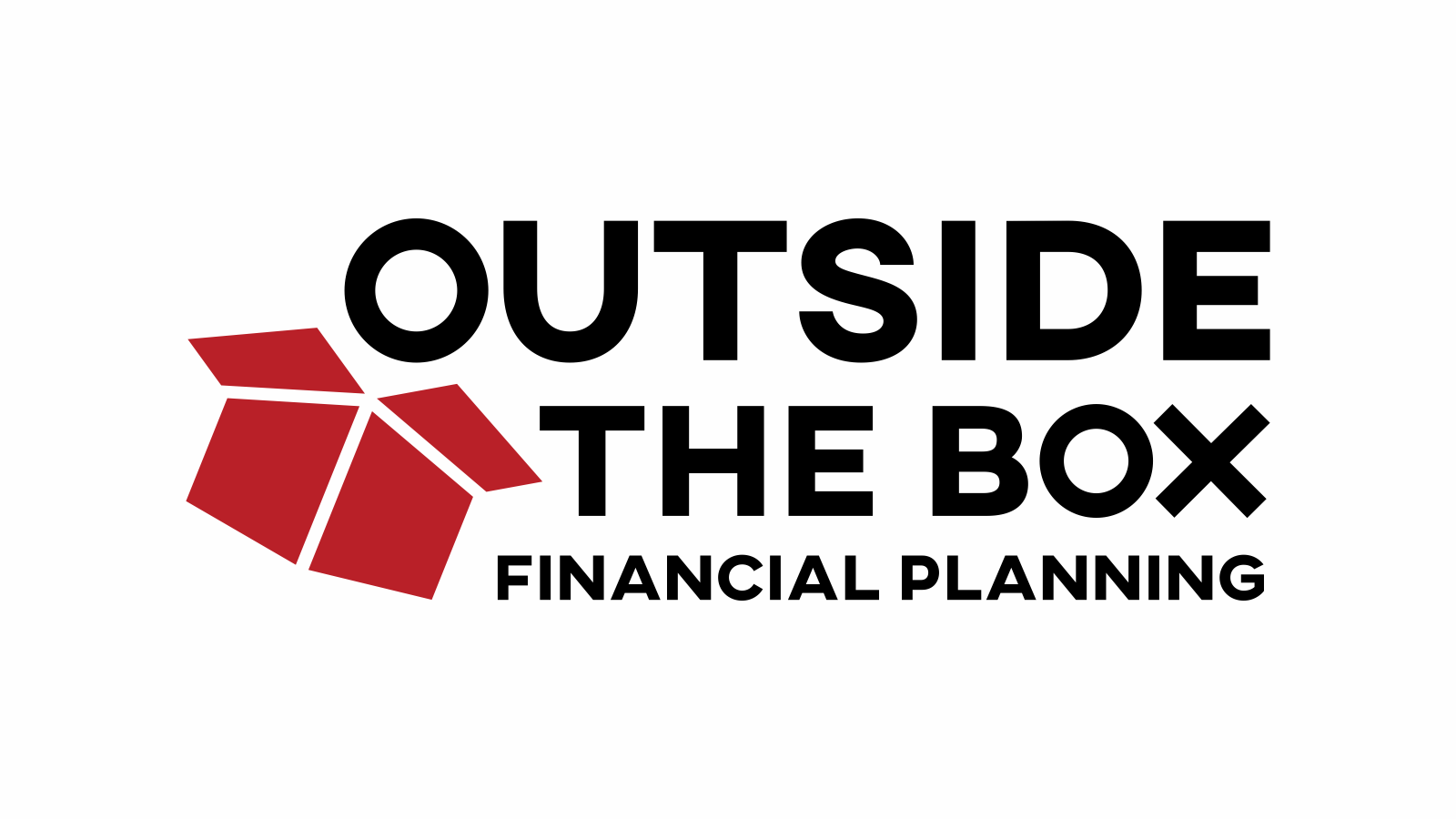What to Expect When Tax Season Hits: A Guide for Families to Stay Organized and Maximize Your Tax Savings
As the holiday lights come down and the New Year’s champagne glasses are put away, February brings another kind of season—tax season. For many families, this time of year can feel overwhelming. Between juggling your career, kids’ schedules, and household responsibilities, adding tax preparation to the mix might feel like one too many plates to spin. But with a little organization and a clear game plan, you can tackle tax season confidently—and maybe even uncover a few last-minute savings.
Here’s a breakdown of what to expect as tax documents roll in, tips for staying organized, and strategies to ensure nothing is missed when meeting with your CPA.
1. Key Tax Documents to Watch For
The first step in tax prep is knowing what to expect in the mail—or your inbox. These documents will serve as the foundation for your tax return, so keep an eye out for:
W-2s: If you or your spouse are employees, your employer will issue this form, summarizing wages and taxes withheld.
1099s: These come in various forms if you’re a freelancer, investor, or receive other income. Common types include:
1099-INT (interest income)
1099-DIV (dividends)
1099-B (brokerage transactions)
1099-NEC (non-employee compensation)
1099-G (unemployment income)
Form 1098: Documents related to mortgage interest, student loan interest, or tuition payments.
Investment Statements: You’ll receive year-end summaries for taxable accounts, retirement accounts (such as IRAs or 401(k)s), and HSAs. These will detail contributions, withdrawals, and gains or losses.
K-1s: If you have income from partnerships, estates, trusts, or S-corporations, this form will show your share of income, deductions, and credits.
Childcare or Educational Expense Receipts: If you paid for daycare, after-school care, or college tuition, gather those records.
Pro Tip: Create a checklist of all expected documents, and cross them off as they arrive. If something is missing by mid-February, follow up promptly.
2. Organizing Your Tax Prep
Think of tax preparation like packing for a family road trip. You wouldn’t hit the road without a checklist, right?
Here’s how to ensure your financial “luggage” is in order:
Create a Tax Folder: Set up a physical folder or a digital one on your computer. Label it “2025 Taxes” (for the 2024 tax year) and store all relevant documents there.
Gather Receipts: If you itemize deductions, keep receipts for medical expenses, charitable donations, and business expenses.
Review Last Year’s Return: Use last year’s tax return as a guide for this year. It’s a great way to spot potential deductions or forms you might overlook.
Track Retirement Contributions: If you made contributions to an IRA, Roth IRA, or HSA, ensure you have documentation.
Log Miles: If you drove for work, volunteering, or medical purposes, track those miles. They may be deductible.
3. Don’t Overlook These Tax-Saving Opportunities
Even as the calendar turns to 2025, you can still implement a few strategies to maximize your 2024 tax return. Here are some last-minute moves to consider:
Fund a Traditional IRA or Roth IRA: You have until April 15, 2025, to make contributions for the 2024 tax year. The maximum contribution is $7,000 (or $8,000 if you’re 50 or older). Depending on your income, you may qualify for a tax deduction or grow your investments tax-free in a Roth IRA.
Contribute to a Health Savings Account (HSA): If you have a high-deductible health plan, you can still contribute to your HSA until the tax deadline. The 2024 limits are $4,850 for individuals and $8,300 for families, with an additional $1,000 catch-up contribution for those 55 or older.
Make a SEP-IRA Contribution: If you’re self-employed, consider a SEP-IRA. You can contribute up to 25% of your net earnings, with a cap of $69,000 for 2024.
Harvest Tax Losses: If you sold investments at a loss in 2024, those losses can offset capital gains—and up to $3,000 of ordinary income.
Pro Tip: Before executing any of these strategies, consult your CPA or financial planner to confirm eligibility and ensure alignment with your overall financial goals.
4. Tips for Your CPA Meeting
Your CPA is like your family’s tax-prep co-pilot, helping to steer you through the complexities of tax season. Here’s how to make the most of your time together:
Come Prepared: Bring your organized tax folder and checklist. The more complete your documents, the smoother the process.
Ask Questions: If you’re unsure about certain deductions, credits, or strategies, don’t hesitate to ask.
Discuss Life Changes: Did you have a baby, buy a home, or switch jobs in 2024? These events can have significant tax implications.
Plan for 2025: Use your CPA meeting to set the stage for a better tax year ahead. Ask about estimated payments, withholding adjustments, or potential opportunities to reduce your tax burden next year.
Wrapping It All Up: Stay Prepared Beyond Tax Season
Tax season is just one part of your financial journey. Staying organized and making informed decisions now can set you up for long-term success. Whether it’s optimizing deductions, planning for future tax years, or making smart financial moves, a little strategy goes a long way.
If you ever have questions about how taxes fit into your bigger financial picture—whether it’s retirement planning, saving for your children’s education, or managing debt—consider speaking with a financial planner. A well-thought-out plan can help you make the most of your money, not just in tax season, but all year round.
Here’s to a smooth tax season and a financially confident future!
Your financial future deserves a strategy tailored to your goals. At Outside The Box Financial Planning (OTBFP), we provide fee-only, fiduciary advice with full transparency, so your best interests always come first.
Let’s see if we’re the right fit. Click here to schedule a complimentary “Fit” meeting today and take the first step toward financial clarity and confidence.





